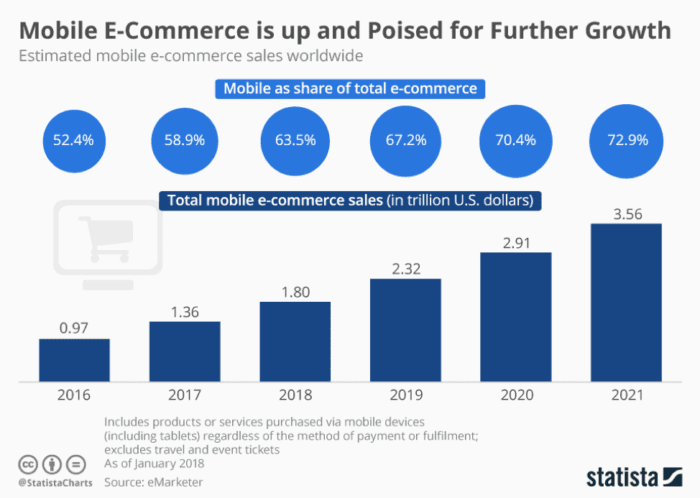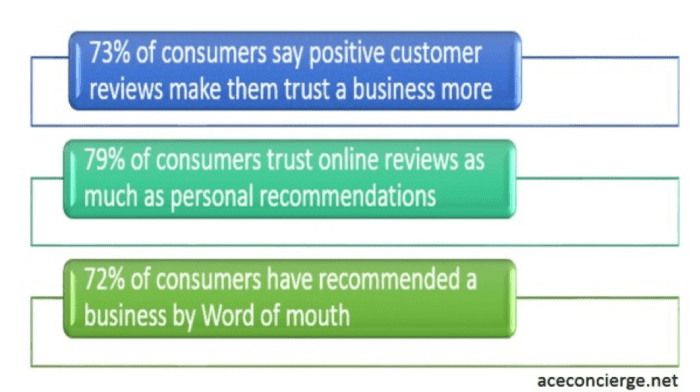Setting up and running a profitable e-commerce store takes much more than determination and goodwill, as 8 out of 10 e-commerce stores fail
With the advent of drop shipping, every wantrepreneur out there set out to create their own e-commerce store and become a millionaire overnight. In reality, setting up and running a profitable e-commerce store takes much more than determination and goodwill. According to research, eight out of ten e-commerce stores fail.
There are plenty of reasons for this, and today, we’ve compiled some of the most common of them. Here’s why your e-commerce store is falling behind and what you can do to fix the issue.
You don’t have a niche
Who is your main target audience? If your answer is “everyone”, it may be a reason why your revenue is nothing to brag about. Unless you run Amazon, everyone is definitely not your target audience. If they are, you’re casting a net that’s far too wide and, as a result, you’ll barely catch any fish.
Before even setting up an e-commerce store, do some proper research on what you’re selling and who you’re selling to. The deeper you dive into a specific niche, the higher your chances of conversion. For example, a website selling socks and T-shirts with cartoon themes is much more likely to make a sale than a random site that sells thousands of other designs.
To find your niche, make sure to do extensive market research and spend a nice chunk of time talking to people that you want to sell to – you’ll be surprised at their feedback.
Your e-commerce website doesn’t look like one
Standing out is a good thing. Everyone wants to create a website that is unique and memorable and different from the rest. For example, if you sell sneakers and have the wildest website out there, your customers are sure to remember it and perhaps even praise you for it.
However, at the same time, standing out and being different can hurt your business. Your customers are used to e-commerce stores having a certain format, checkout procedures, shopping cart layouts and much more. By deviating from the norm, you may stand out, but at the same time, you’re shooting yourself in the foot because customers won’t know their way around a “unique” web store.
To ensure success, stick to tried and tested designs. Platforms such as Magento or Shopify offer thousands of themes to choose from, which you can adapt to your own brand. Hire a reputable designer and don’t sway too far away from traditional e-commerce layouts and user experience.
If you’re wondering whether a website element is causing a drop in conversions, you can take a look at your analytics, do some basic A/B testing or run a session recording software in the background to see the actions your visitors are taking.
Your website looks broken on mobile
With each year, an increasing amount of traffic comes to e-commerce websites from mobile devices. According to the latest findings, 53% of all traffic in 2018 came from mobile. The good news is that desktop is still leading the way when it comes to the percentage of total revenue, at 32%.
Although it’s becoming more difficult to find an e-commerce website without a mobile version nowadays, it still happens. The reason is the same as the previous paragraph – not using trusted platforms and themes. All modern Shopify themes come with a mobile version so you don’t even have to lift a finger to be mobile-ready. Unlike most other items on this list, you can set this once and forget it.
Your product descriptions are appalling
Here’s the thing – I know writing product descriptions isn’t fun. It takes quite a bit of time and in the end, you won’t even know if it will make a difference. However, the difference that a good product description can make is astounding.
First of all, most e-commerce stores simply copy the default product description from the manufacturer’s website, word for word. This is not only lazy, but it seriously hurts your chances of success with organic traffic. Search engines will recognize this content as duplicate and even penalize your website for blatant copying.
The second problem is that product descriptions are one of the most useful website elements for increasing your conversions. If your visitors see the same content as everywhere else, they’ll most likely bounce immediately. On the other hand, if you have unique descriptions that compare the product to its alternatives, you significantly increase your chances for conversion.
As tedious as it may be, product descriptions deserve your attention. If you don’t have the time to write them yourself, you can outsource the work to a freelance writer experienced in product descriptions and call it a day.
Not using social proof
Naturally, you want to increase your conversions and maximize your sales. You can do this with one extremely easy method – social proof. If you already have some sales and you want more, not using social proof is equal to leaving money on the table.
Many studies have shown that customers are more likely to trust a complete stranger than a company trying to advertise to them. You don’t have to do something innovative or difficult to use social proof, all you need is already there – your customers.
First, you can use customer testimonials and put them on your product or landing pages. You can manually collect and display them or use a platform such as
crowdy.ai. The second thing to use is product reviews, similar to those on Amazon. Once again, you can do this manually or use one of the many Shopify plugins.
Finally, you can show notifications with recent conversions and visits. It takes a minute to set it up and they will increase your conversions on autopilot by showing new visitors the actions your customers have taken on your website.
Conclusion
If you’re having a hard time getting people to visit your e-commerce store and buy from it, there could be a multitude of reasons for it. These are some of the most common errors in creating and running an e-commerce website – we hope you can learn from them and fix them with time.
Carsten Schäfer is the founder and CEO of
crowdy.ai, the first Clients-Convert-Clients marketing platform. Inspired by principles and mechanisms of social proof, Carsten is currently on his way to help businesses become trustworthy and thrive in the digital landscape. Feel free to connect him on LinkedIn, Facebook or Twitter.








